The kimono is the national dress of Japan and a powerful symbol of Japanese culture. This traditional robe-like garment is worn by both men and women on special occasions.
But when exactly are kimonos worn? And what are the customs and etiquette around wearing them?
This article provides a guide to the history, meaning and appropriate uses of the kimono.
Table of Contents
When are Kimonos worn?
Kimonos are traditional Japanese garments worn on special occasions, ceremonies, festivals, or as formal attire, typically with a distinct style varying by gender, age, and occasion. They are also commonly worn during traditional tea ceremonies or weddings.
Do Chinese Wear Kimonos?
The kimono originated in Japan, not China. However, there was some cultural exchange between Japan and China historically that influenced the development of the kimono.
The earliest versions of the kimono were worn during the Heian period in Japan (794-1185 AD). During this time, Japanese culture was heavily influenced by Chinese culture, including fashion. The earliest kimonos worn were based on the straight-lined robes worn by Chinese nobles.
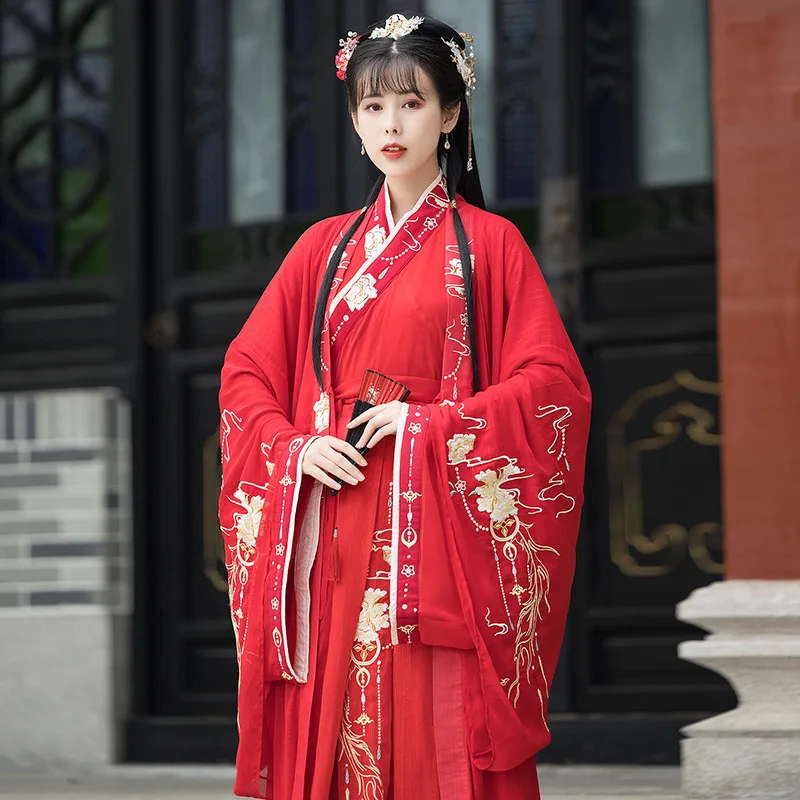
Over time, the kimono evolved into a uniquely Japanese garment. While the origins may have Chinese influences, today the kimono is distinctly Japanese and not typically worn by Chinese people.
Some exceptions include Chinese dancers who perform traditional Japanese dances and may wear kimonos as costumes. Chinese tourists visiting Japan may also rent or purchase kimonos to wear during their travels. Overall, though, the kimono is a Japanese cultural item not commonly worn in China.
When Do Japanese Wear Kimonos?
In modern Japan, kimonos are rarely worn during everyday activities. Today, most Japanese reserve kimonos for special occasions and formal events where dressing in traditional clothing is appropriate or expected.
Some of the most common times and events when Japanese people wear kimonos include:
Weddings – Both brides and grooms may wear a kimono for all or part of a traditional Shinto wedding ceremony.
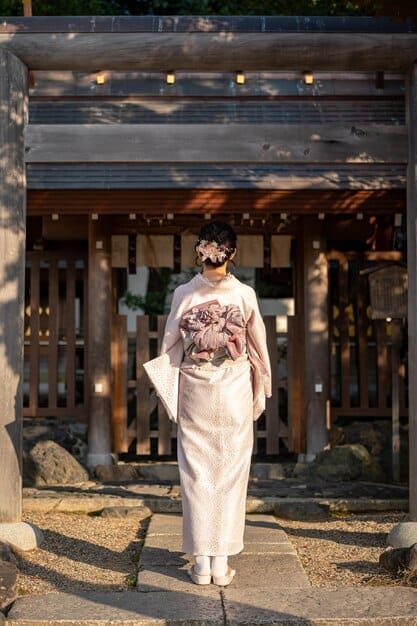
Coming of Age Day – Many young women wear elaborate furisode kimonos to celebrate turning 20 on this national holiday.
Graduation ceremonies – Some Japanese graduates wear kimonos for university and high school graduation.
Tea ceremonies – Participants typically wear kimonos to traditional tea ceremonies.
Cultural festivals – During cherry blossom festivals and other cultural events, many people wear casual yukata kimonos.

Funerals – Black kimonos are appropriate attire when attending funerals.
Traditional Japanese dance performances – Dancers wear kimonos customized for the specific dance style.
Geisha entertainers – Geishas wear distinctive kimonos during their musical and dance entertainments.
While not daily wear, the kimono remains culturally significant in Japan and is worn for rites of passage, celebrations, and special events.
When is it Appropriate for Foreigners to Wear Kimono?
The kimono is an important cultural symbol of Japan. As such, there are some guidelines for foreigners wearing kimonos to avoid cultural appropriation or inadvertently offending Japanese sensibilities.
Some appropriate occasions for foreigners to wear kimonos include:
- While visiting a ryokan (traditional Japanese inn). Many ryokans provide guests with yukatas to wear.
- During a tea ceremony, flower arranging class, or other traditional Japanese cultural experience.
- While attending a summer matsuri (festival). Light cotton yukatas are popular during summer festivals.
- If invited to wear one by Japanese friends for a special occasion.
When you have studied Japanese culture and wear kimono respectfully. Those with knowledge of kimono history show respect.
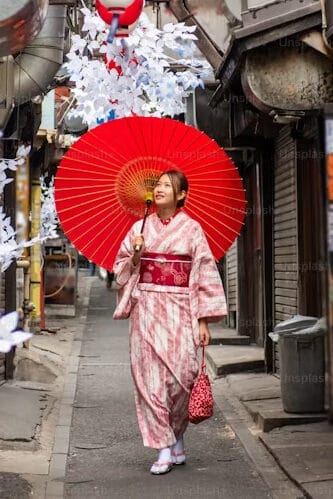
Inappropriate uses of kimonos by non-Japanese include:
- As a costume or prop without regard for cultural meaning.
- Mixing kimono styles from different eras or seasons.
- Wearing a bridal kimono unless it is one’s own wedding.
- Using obi knots or colors reserved for unmarried women if you are married.
With care and consideration, foreigners can respectfully wear kimonos to appreciate and learn about this aspect of Japanese culture. Consider taking an etiquette class to learn how to properly wear a kimono.
Kimono History and Symbolic Meaning
The kimono has a long, rich history and cultural significance in Japan. Here is a brief overview:
- Heian Period – The earliest kimono style appeared during the Heian era among the imperial court’s elite. Multiple layers and long sleeves were trademarks.
- Edo Period – In the Edo period, regulations marked kimonos as the dress of nobles. Rules dictated appropriate fabrics, colors and patterns for each class.
- Meiji Period – After the Meiji Restoration ended the samurai age, the kimono became accepted as national dress regardless of class.
- Post-WWII – Kimonos waned in popularity after WWII as Western styles emerged. But they remain symbols of tradition.
Symbolism
- Seasonality – Kimonos reflect seasonal changes through patterns, materials, and colors.
- Occasion-specific – Different kimonos are worn for ceremonies, formal events, weddings, funerals, etc.
- Age and status – Kimono elements signal the wearer’s age, marital status and rank.
- Femininity – For women, the kimono is tied to cultural ideals of elegance and womanhood.
- National pride – The kimono is strongly tied to Japanese identity and cultural traditions.
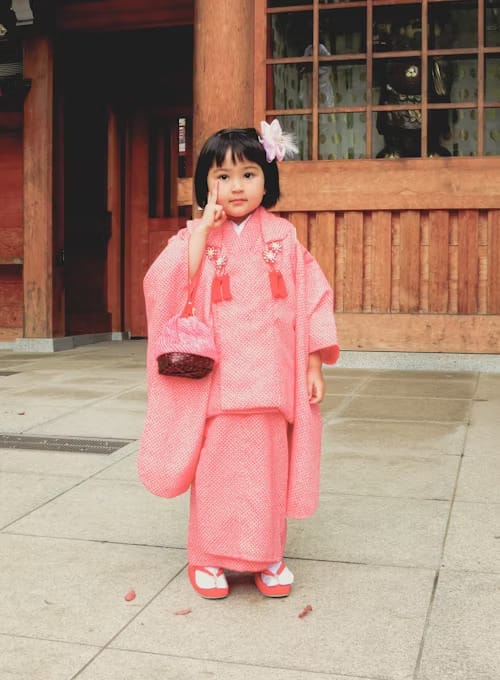
With complex social meaning, wearing a kimono expresses respect for tradition and national heritage.
Kimono Etiquette and Customs
There are many customs and rules around wearing kimonos properly. Here is a brief etiquette guide:
- Move slowly and elegantly. The restrictive garment requires gliding, graceful movements.
- Bow from the waist only. Do not bow from the neck – this could displace the kimono.
- Ensure the left side of the kimono overlaps right. The reverse arrangement is used only for the deceased.
- Do not step on them. Keep them clean as it signifies politeness and respect.
- Only wear white tabi socks. Colored tabi are worn by geisha.
- Wear appropriate undergarments to achieve a smooth, flat look.
- Married women wear the obi knot low in the back. Single women tie it high.
- Avoid wearing too much makeup or jewelry. Focus is on the kimono’s beauty.
- Fold and store kimono properly after wear. Do not hang on a hanger.
Following kimono etiquette shows respect while enjoying Japan’s elegant national dress.
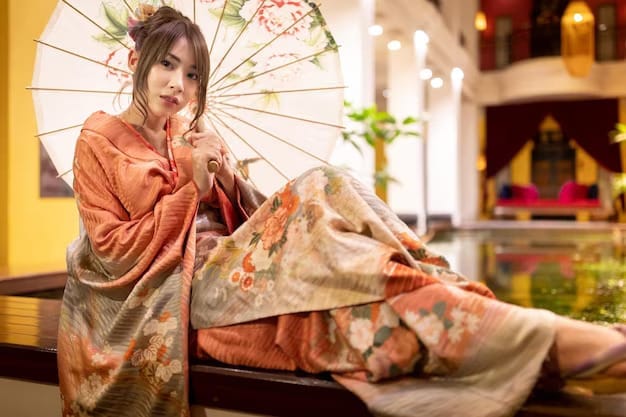
FAQs
How are kimonos worn?
Kimonos consist of multiple layers that wrap around the body and overlap. The outer layer has large sleeves. A wide obi belt is tied over the layers to keep them secure.
What are the different parts of a kimono?
Main parts are the sleeves, body, collar, obi belt, obijime cord, and obiage undersash. Underlayers include tabi socks and nagajuban robes. Accessories like hair ornaments, zori sandals and folding fans may complete the outfit.
What are the different types of kimono?
Major types include furisode, tomesode, houmongi, yukata, uchikake, irotomesode, komon and mofuku. They vary based on formality, patterns, and symbolic meanings.
How do you put on a kimono?
It’s a multi-step process. First, wear the tabi socks and nagajuban underrobe. Wrap the left side of the kimono over the right and secure it with datejime ties. Adjust collars. Tie the datejime belt. Tie the obi belt in an appropriate knot. Adjust obiage and obijime.
How much does a kimono cost?
Cost depends on quality of fabric and craftsmanship. Used kimonos may cost $100 to $300. Simple new cotton kimonos start around $300, while high-end formal silk kimonos can cost $5,000 or more.
Can anyone wear a kimono?
Yes, but respecting cultural significance is important. Kimonos should not be treated as costumes. With care, foreigners can participate in appropriate kimono wearing occasions.
I hope this overview helps explain when and how are kimonos worn, as well as their cultural meaning and history!
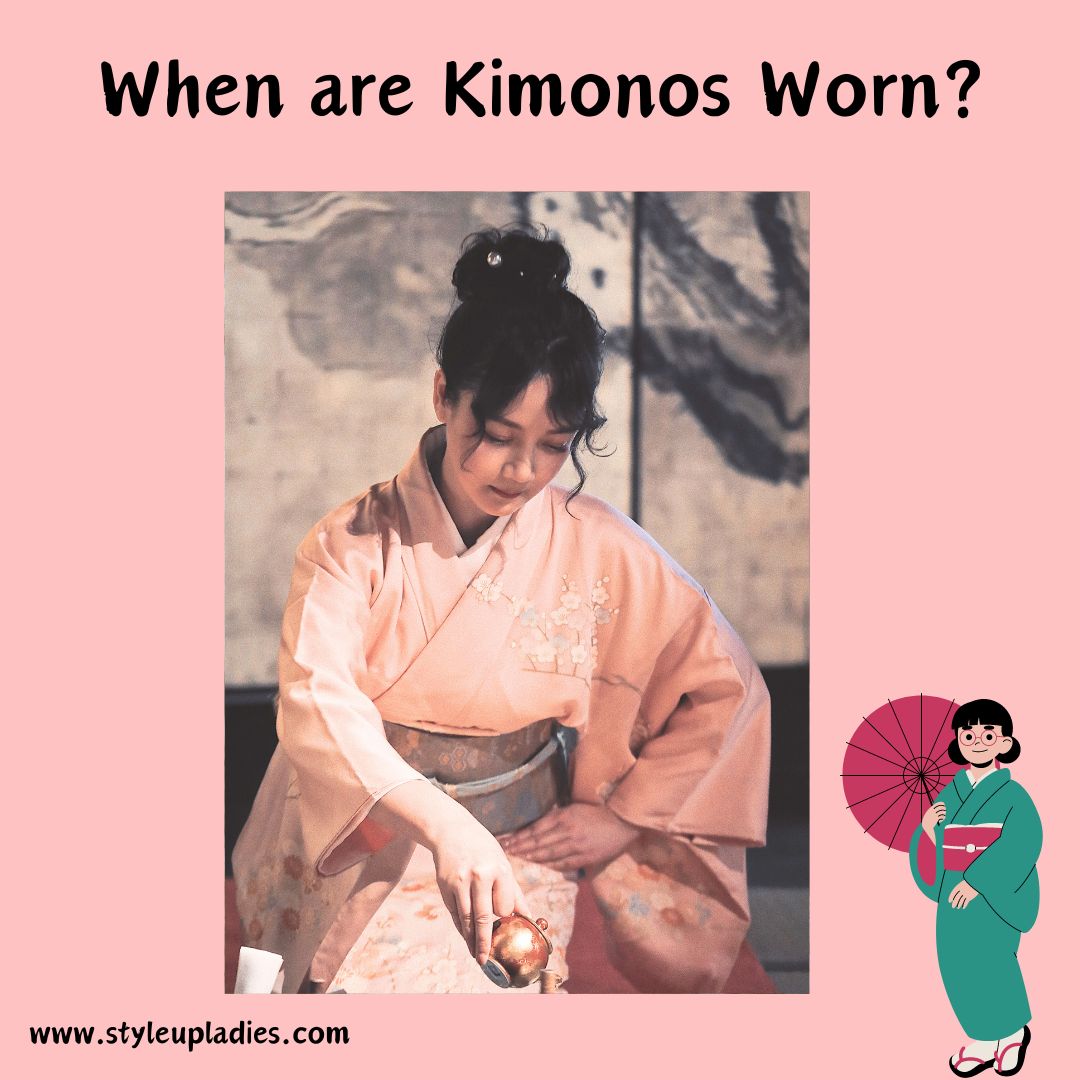







Leave a Reply